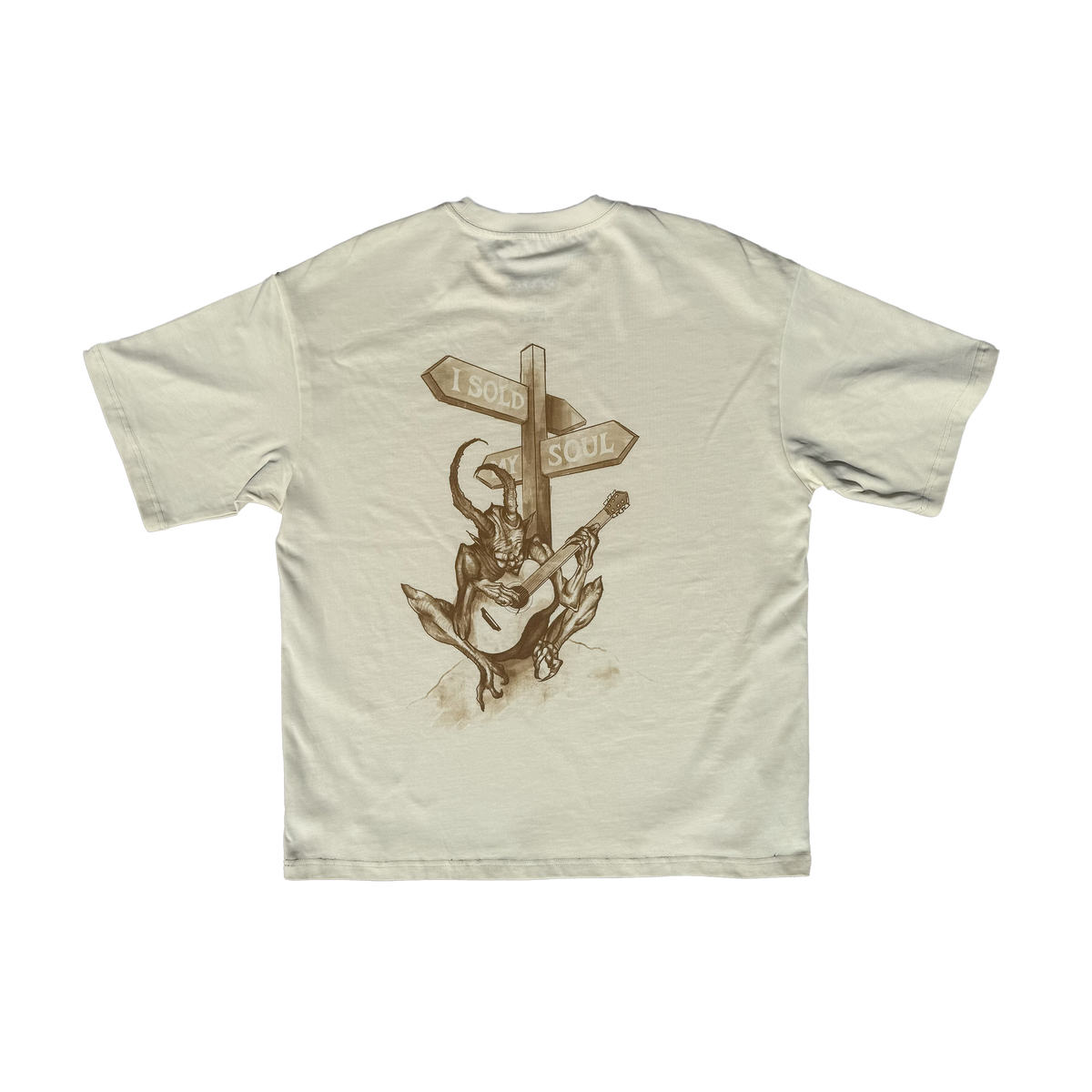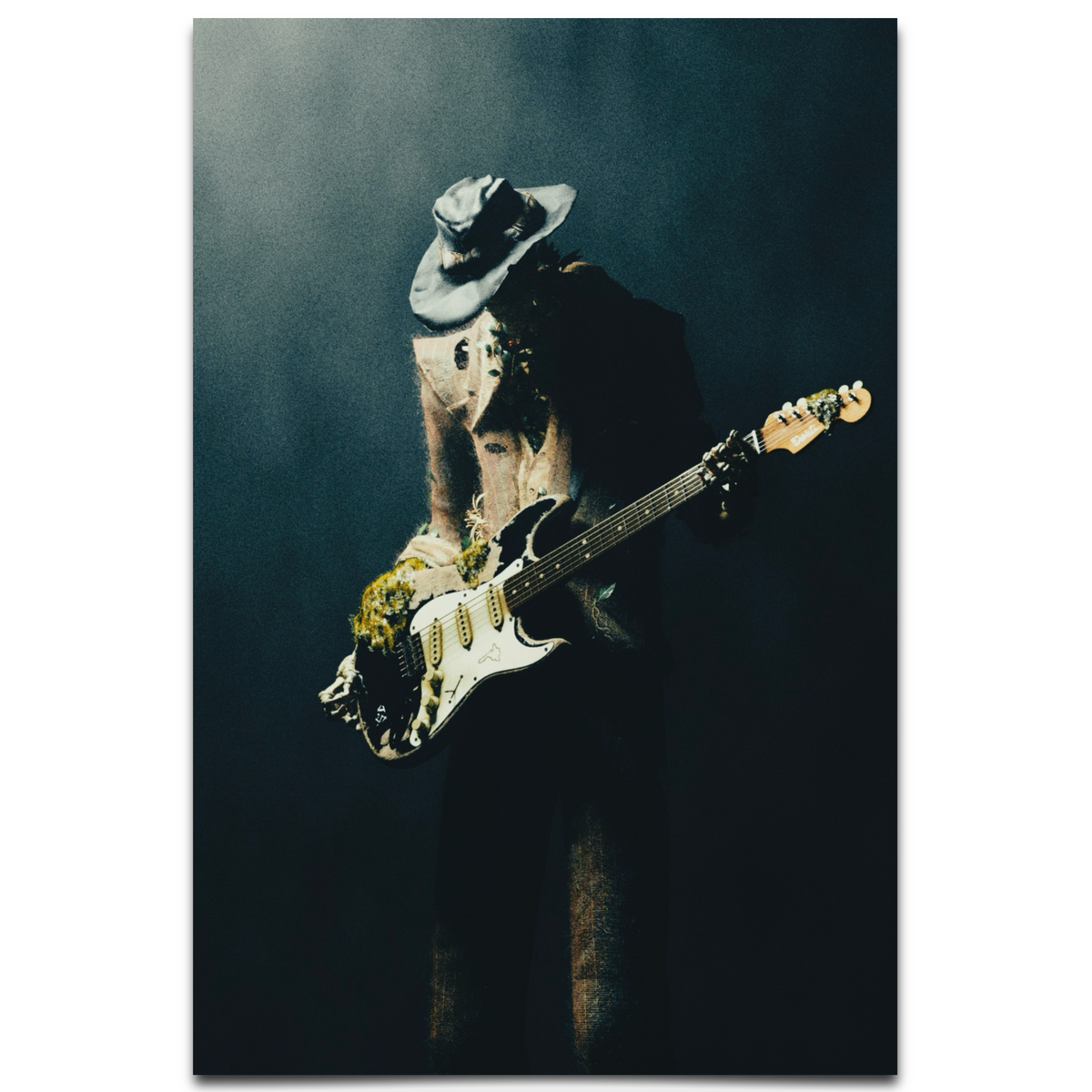A Portal to the Unknown
In the turbulent landscape of the 1960s, a band emerged from the sun-soaked streets of Los Angeles, carrying with them a sound that was as enigmatic as it was revolutionary. The Doors, formed in 1965, were not merely musicians but alchemists of emotion, blending rock, blues, and poetry into a sonic experience that defied convention. Fronted by the charismatic yet tormented Jim Morrison, alongside keyboardist Ray Manzarek, guitarist Robby Krieger, and drummer John Densmore, they became a cultural force that mirrored the era's unrest and yearning for transcendence. Their music, steeped in existential questions and raw energy, captured a generation teetering on the edge of change, grappling with war, rebellion, and the search for meaning. Emerging from the counterculture of Venice Beach, The Doors drew inspiration from the Beat poets and the psychedelic undercurrents of their time, crafting a sound that felt both timeless and urgently of the moment. How did a band so steeped in darkness and introspection become a beacon for a generation seeking light?
Origins of a Dark Vision
The Doors came together in a serendipitous meeting of minds at UCLA’s film school, where Jim Morrison and Ray Manzarek first connected over a shared love of literature and avant-garde ideas. Morrison, a poet with a brooding intensity, had no formal musical training, yet his hypnotic voice and provocative lyrics became the band’s heartbeat. Manzarek’s classical and jazz influences, paired with Krieger’s flamenco-tinged guitar and Densmore’s dynamic rhythms, created a sound that was unlike anything in the rock scene of the mid-1960s. Their early gigs at the Whisky a Go Go on the Sunset Strip honed their raw, theatrical style, where Morrison’s unpredictable stage presence—part shaman, part provocateur—electrified audiences. By 1967, their self-titled debut album introduced the world to tracks like “Break On Through (To the Other Side)” and the epic “The End,” a song that blended Oedipal imagery with apocalyptic dread. A lesser-known detail is that the band’s name was inspired by Aldous Huxley’s book The Doors of Perception, itself a reference to William Blake’s poetry, reflecting Morrison’s obsession with expanding consciousness through art and experience.
"The Doors are the most significant group to emerge since the Beatles. Their music is symbolic of the anxiety and unrest of the times."
The Sound of a Fractured Era
As The Doors evolved, their music became a mirror to the fractured psyche of the late 1960s, reflecting the Vietnam War’s shadow, civil rights struggles, and the counterculture’s disillusionment. Albums like Strange Days (1967) and Waiting for the Sun (1968) showcased their ability to oscillate between haunting introspection and explosive rebellion, with songs like “People Are Strange” and “Hello, I Love You” capturing both alienation and fleeting joy. Morrison’s lyrics, often drawn from his voracious reading of Nietzsche, Rimbaud, and Native American mythology, infused their work with a depth rare in popular music. Yet, his personal struggles with addiction and self-destruction began to cast a shadow over the band, culminating in infamous incidents like the 1969 Miami concert, where he was arrested for alleged indecent exposure—a moment that symbolized both his defiance and his unraveling. Their later works, such as Morrison Hotel (1970) and L.A. Woman (1971), revealed a return to raw blues roots, even as Morrison’s health and spirit waned. These albums stand as testaments to a band that, despite internal chaos, never ceased to push boundaries, creating music that was as much a cry for freedom as it was a lament for its cost.
A Lasting Echo in Modern Culture
The Doors’ influence extends far beyond their brief six-year run, leaving an indelible mark on rock, alternative, and even cinematic culture. Their fusion of poetic lyricism and experimental sound paved the way for genres like punk, goth, and psychedelic rock, inspiring artists from Patti Smith to The Cure. Jim Morrison’s tragic death in 1971 at the age of 27 cemented his status as a cultural icon, a symbol of youthful rebellion and the dangers of excess, often overshadowing the band’s collective genius. Yet, their music continues to resonate, with tracks like “Riders on the Storm” evoking a timeless sense of mystery that filmmakers and storytellers frequently draw upon—most notably in Francis Ford Coppola’s Apocalypse Now, where “The End” underscores the descent into chaos. Modern bands and solo artists often cite The Doors as a touchstone for blending intellectual depth with visceral emotion, proving that their appeal transcends mere nostalgia. Their legacy is not just in their songs but in their courage to explore the darker corners of the human experience, a pursuit that remains relevant in an era still wrestling with its own existential questions.
- Debut: The Doors (1967)
- Genre: Psychedelic Rock, Blues Rock
- Known For: “Light My Fire,” Jim Morrison’s poetic lyrics, theatrical live performances
- Influences: Blues legends like Howlin’ Wolf, literary figures like William Blake and Arthur Rimbaud
- Influenced: Patti Smith, Iggy Pop, The Cure, alternative and punk movements
- Final Album with Morrison: L.A. Woman (1971)
Through the Doorway of Eternity
The Doors remain one of the most enigmatic forces in the history of rock music, a band whose brief existence burned with an intensity that still captivates listeners over half a century later. Their ability to weave poetry, philosophy, and raw emotion into their sound challenged the boundaries of what popular music could be, elevating it to a form of high art. Jim Morrison’s tragic arc often dominates their narrative, but the collective brilliance of Ray Manzarek, Robby Krieger, and John Densmore deserves equal reverence for crafting a sonic landscape that was as innovative as it was haunting. Their story reveals the power of music to reflect a society in flux, to give voice to the unspoken fears and desires of a generation on the brink. In a world that often seeks easy answers, The Doors remind us of the value of mystery, of peering into the unknown even when the view is unsettling. As we listen to their songs today, we are invited to step through that same portal, to confront our own shadows, and perhaps, to break on through to the other side.
























